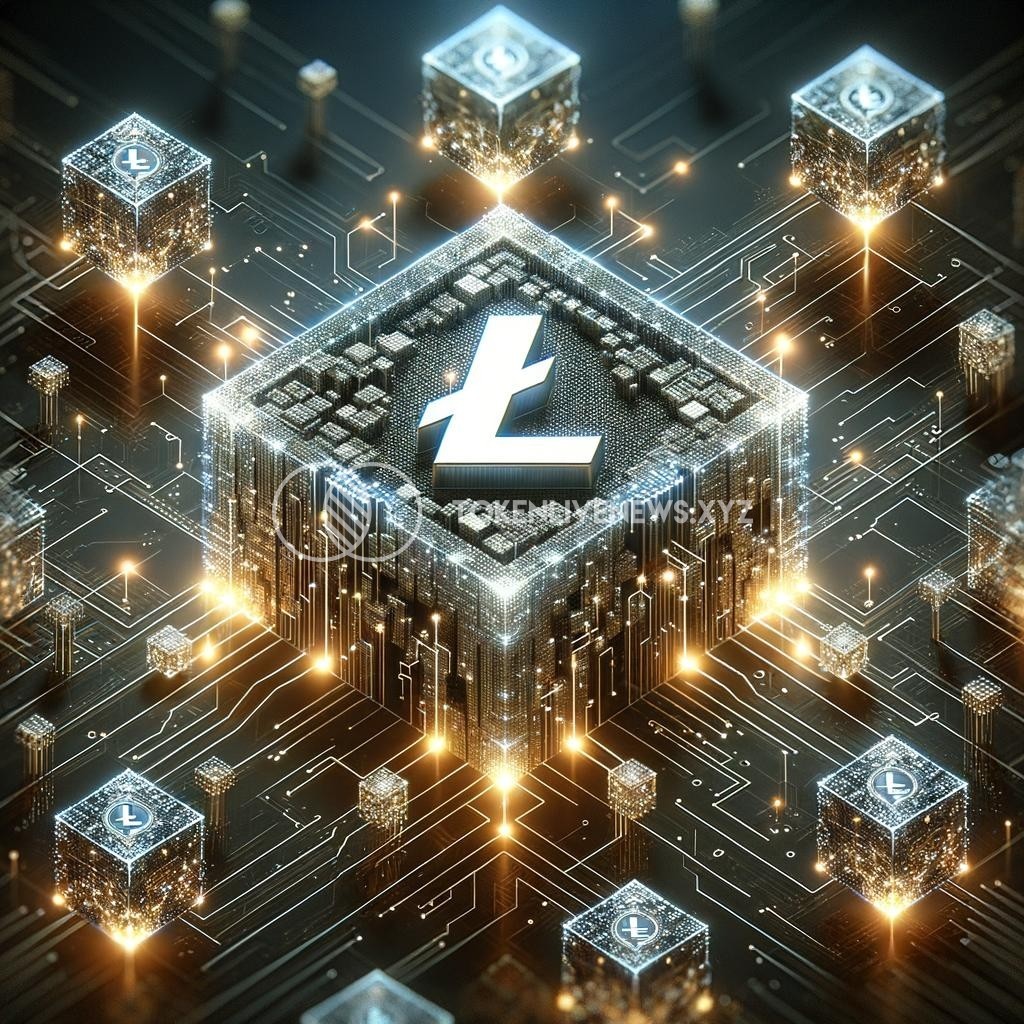Litecoin‘s Digital Innovation: Navigating the Blockchain Landscape
Blockchain technology has been revolutionizing various industries, offering decentralized and secure solutions. Among the numerous blockchain-based cryptocurrencies, Litecoin has emerged as a major player in the digital currency ecosystem, providing cutting-edge innovations and paving the way for an efficient and transparent financial future.
Litecoin, often referred to as the ‘silver’ to Bitcoin‘s ‘gold’, was created in 2011 by Charlie Lee, a former Google employee and an influential figure in the crypto community. Lee designed Litecoin with the aim of addressing some of the limitations of Bitcoin, such as transaction speed and scalability, while maintaining the core principles of decentralization and security.
One of Litecoin’s key innovations is its use of the Scrypt algorithm, which differentiates it from Bitcoin’s SHA-256 algorithm. The Scrypt algorithm allows for faster transaction confirmation times, making Litecoin a more practical option for daily transactions. This feature also contributes to lowering transaction fees, making Litecoin an attractive alternative for merchants and individuals alike.
In addition to its technical advancements, Litecoin has played a significant role in enhancing the overall blockchain landscape. One notable example is the implementation of the Lightning Network, a layer-two protocol that facilitates faster and cheaper transactions by leveraging the power of payment channels. Litecoin became the first major cryptocurrency to adopt the Lightning Network, demonstrating its commitment to solving scalability issues and creating a seamless user experience.
Furthermore, Litecoin has actively explored cross-chain compatibility, working on innovative projects to bridge the gap between different blockchain networks. This includes efforts to collaborate with other cryptocurrencies and technologies, such as the well-known atomic swaps. Atomic swaps allow users to directly exchange cryptocurrencies without the need for intermediaries or centralized exchanges, promoting a more trustless and decentralized environment.
Litecoin’s emphasis on innovation extends beyond its technical features and partnerships. The Litecoin Foundation, a non-profit organization, actively contributes to the blockchain ecosystem by funding developments, promoting research, and organizing events. This dedication to supporting and nurturing the growth of blockchain technology underscores Litecoin’s commitment to shaping the future of digital finance.
Litecoin’s growing popularity and adoption have also attracted the attention of major financial institutions and retail investors. The cryptocurrency has seen increased integration into traditional financial platforms, further solidifying its presence in the global market. Notably, Litecoin’s compatibility with payment processors like PayPal has made it more accessible to a wider audience, enabling users to transact using digital currencies seamlessly.
As Litecoin continues to navigate the blockchain landscape, its focus remains on improving scalability, enhancing security, and providing innovative solutions for everyday transactions. With its strong community support and a dedicated team continuously driving the project forward, Litecoin is well-positioned to remain at the forefront of digital innovation.
In conclusion, Litecoin has made significant contributions to the blockchain landscape, both in terms of technical advancements and collaborative partnerships. By addressing key challenges and offering unique features, such as faster transaction confirmation times and cross-chain compatibility, Litecoin has established itself as a digital currency to watch. As the world increasingly embraces the potential of blockchain technology, Litecoin’s commitment to innovation and its growing adoption make it a promising player in the ever-evolving digital finance ecosystem.







